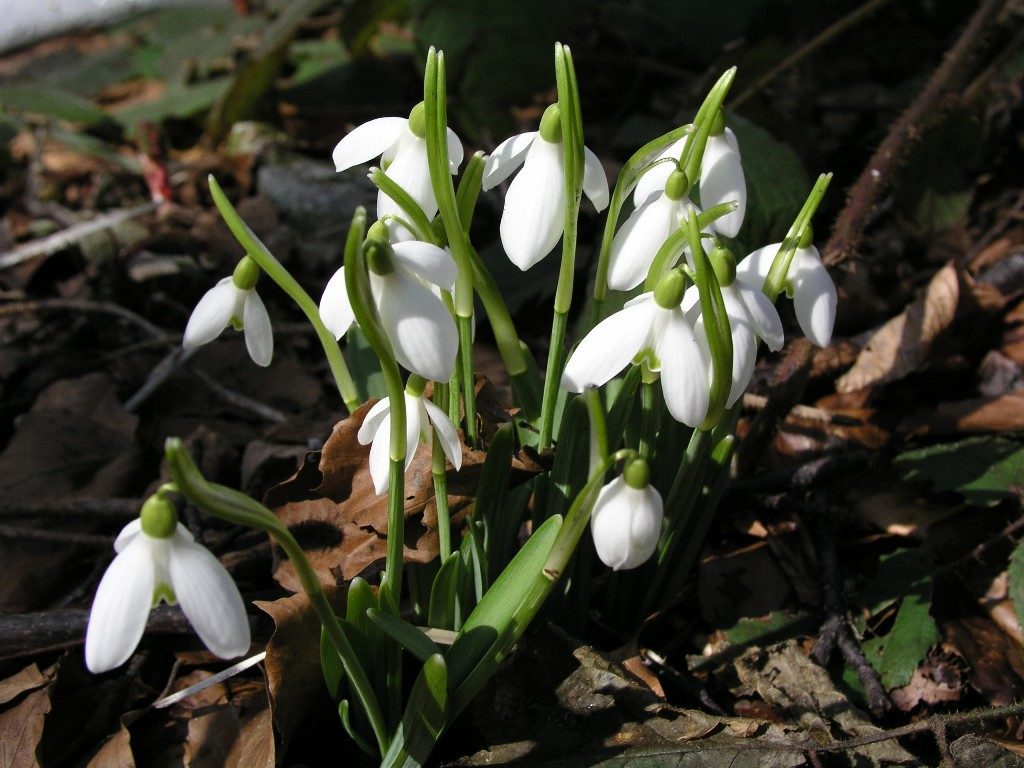
Spring flowers are plants that share the common characteristic of blooming in spring. They are extremely important for the ecosystem because their pollen and nectar feed insects, most often different types of butterflies and bees that have just come out of their hiding places, making it possible for them to survive until the flowers of other plants appear. In the Plitvice Lakes National Park, the primrose, snowdrop and Christmas rose can sometimes be spotted as early as the beginning of February. The next ones to appear are usually the saffron crocus, coltsfoot, liverwort, dogtooth violet, periwinkle, violet, creeping marshwort, various species of the orders Daphne and Cardamine, and other species.
It seems like spring wants to show us a new floral resident along the lakes hidden in the forest every day. Here again, the sun’s light and heat play the most important role, warming the soil more and more. The treetops have not yet put on their green leaves, so the first spring flowers get more than enough light. While this magic of rejuvenation is taking place, the warmth of spring paints the forests and glades with countless flowers of all colours.
The Lower Lakes canyon is somewhat warmer and its rocks attract more heat and sunlight, meaning that the snow melts away sooner here, and the spring flowers appear in this area several weeks earlier than in the rest of the Plitvice Lakes National Park. Those first flowers of different colours are often in danger because their beauty catches the eye of reckless visitors who pluck and collect them, disrupting the harmony and beauty of their habitats. But the reasonable, true lovers of nature and admirers of the Plitvice Lakes will never do that, but will rather surrender to their beauty and enjoy the fleeting moment in their presence, or maybe even photograph them and enjoy the photographs until next spring and their reappearance. However, like any kind of magic, this one is also over in the blink of an eye, because the crowns of the beech trees, as well as different species of the maple, ash, dogwood, hornbeam, alder, sweet cherry, rowan and whitebeam trees, and other forest trees and shrubs, will be cloaked in leaves and bring shade to the forest floor in a matter of weeks, preserving moisture accumulated by the melting of winter snows, and using sunlight in for photosynthesis.
We therefore invite you to observe the unsurpassed beauty of spring flowers, flowers that herald the arrival of the warmer seasons of the year, keeping in mind their importance for the ecosystem and preserving it for new generations of visitors. Along the lakes and watercourses, the most common spring flowers are various species of the snowdrop, liverwort, violet, primrose, creeping marshwort, bittercress and periwinkle plants, as well as other interesting species such as the Omphalodes and the dogtooth violet (Erythronium dens-canis), the latter being extremely rare in this area.
Read other interesting stories from the Plitvice Lakes National Park

